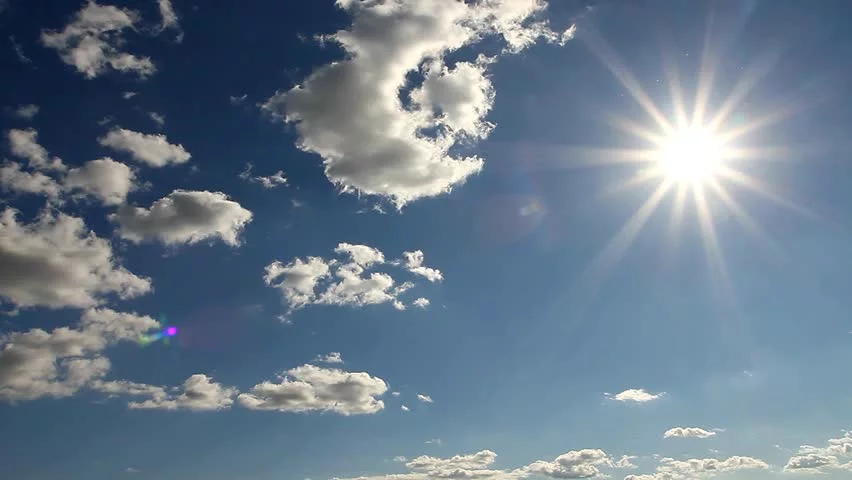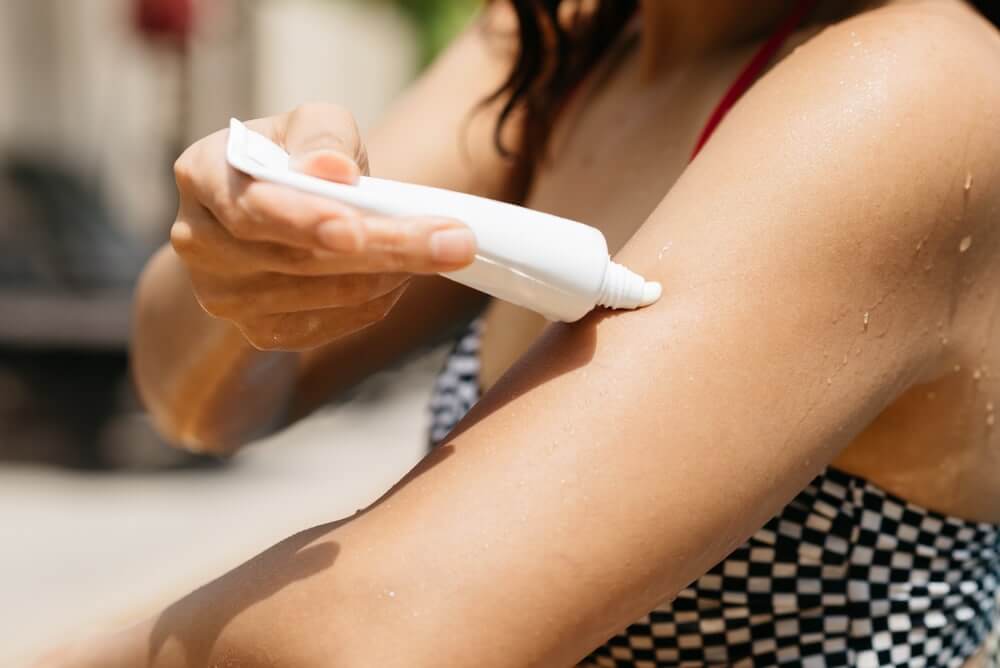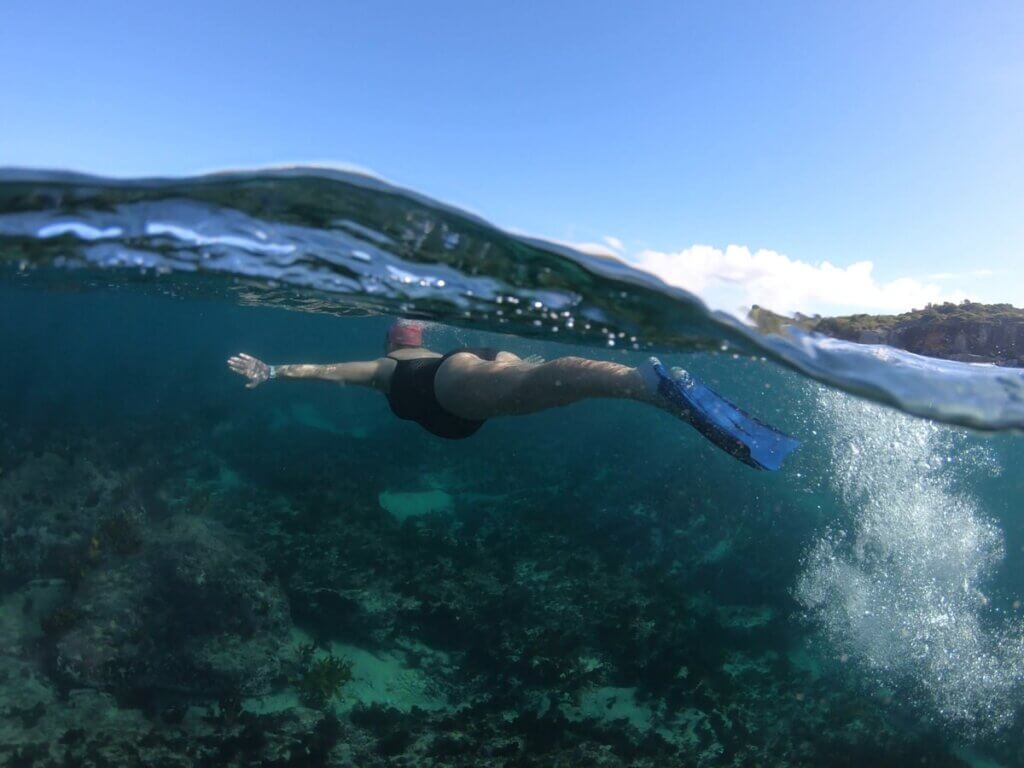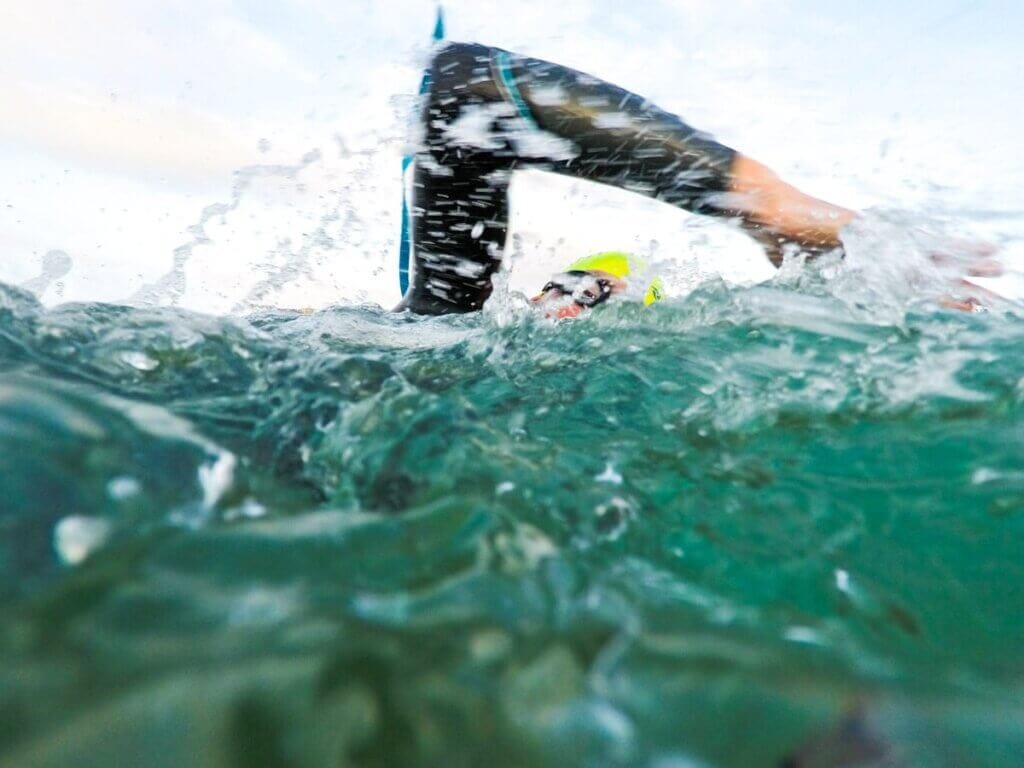Why you’re about to start wearing your sunscreen on a cloudy day

This is a follow-up article to Is your sunscreen doing more harm than good?
When do you wear sunscreen?
When there’s a risk of getting sunburnt or all day, every day?
Let’s learn about the two different types of UV radiation, what they do to the skin and when you need to protect yourself to avoid unnecessary risk of developing skin cancer, pigmentation disorders and accelerating the ageing process.
Basic skin anatomy
Firstly, let’s understand some basic skin anatomy: The upper layers of the skin are called the Epidermal Layers – and within these layers we have Melanocytes, cells which are responsible for producing pigment and Stem Cells which have the very important job of producing the cells found within the epidermis.
Below the Epidermis, you will find the Dermis, and this is where we find our Collagen and Elastin Fibres; essential proteins to keep our skin toned and firm.
Watch this video to listen to Lia explain this article in person (and like her page while you’re watching).
UV-Burning!
UVB is often referred to as UV Burning as it is what causes sunburnó_ when we go outside and feel the warmth from the sun, it’s UVB.
UVB is a short wavelength, so is able to penetrate the epidermal layers and can hence damage the cells found here. If our melanocytes are damaged, the cells ability to normally produce pigment is impacted and we can see hypo pigment (white spots) or hyper pigment (darker spots).
Further damage can lead to mutations in the cell and may eventually lead to melanoma. Similarly, UV damage to our precious Stem Cells can lead to slow skin healing and eventually Basal Cell Carcinomas.
The good news about UVB is that because we can feel it (heat and sunburn) it is easy to know when to protect against it – we are at a higher risk of damage from UVB in summer and when the sun is high in the sky (between 11am and 3pm sit under a tree).
UV-Always around
UVA on the other hand is a bit trickier – it doesn’t hold any heat, so we can’t feel it. It also doesn’t cause sunburn, so we don’t know when we’ve had too muchó_ add to that the fact that it is the same strength every day of the year, no matter the weather (rainy or cloudy) and we have the perfect storm.
Another layer of the equation to consider is that UVA is a different wavelength, so is able to penetrate all the way through the epidermis and also into the dermal layers. This allows UVA to cause the same cellular damage UVB can – pigmentation disorders and skin cancers – but it is also able to damage our Collagen & Elastin fibres, meaning a rapid acceleration of the ageing process.
What does this mean?
We mustn’t just protect our skin against the sun when we are at risk of getting sunburnt; even at sunrise, sunset or on a cloudy winters day, UVA is there and causing damage to our skin. So be smart and ensure you protect against both UVA & UVB every day.
Other than being one of OceanFit’s amazing instructors, Lia is also the owner of Skin Education International with more than 14 years experience in the skin industry.






Responses